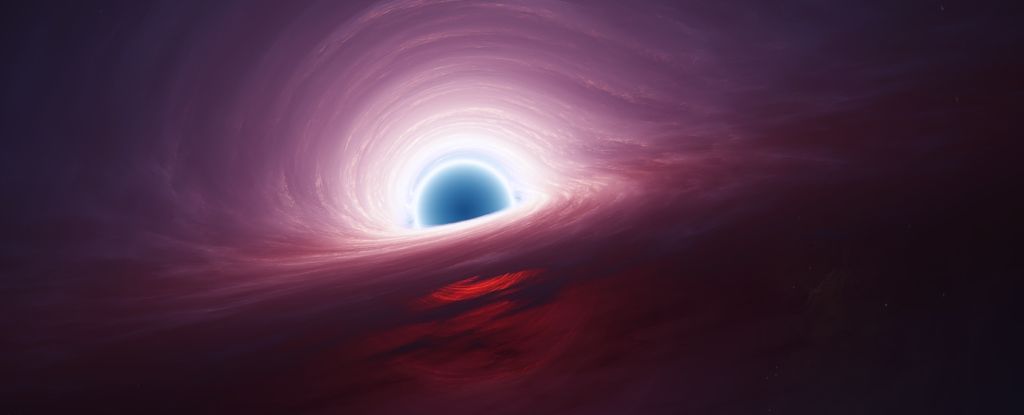
Astrophysicist Cosimo Bambi from Fudan University in China has put forth an ambitious proposal to send a spacecraft to explore a black hole, aiming to enhance our understanding of these enigmatic cosmic entities. His groundbreaking idea, detailed in a recent publication in the journal iScience, suggests that an interstellar mission to the closest known black hole is not merely a fantasy but a feasible endeavor.
Black holes are characterized by their immense gravitational pull, which is so strong that not even light can escape. While scientists have gathered considerable knowledge about their behavior, the unknowns far outweigh the knowns. Bambi emphasizes that a probe orbiting a black hole could provide insights into its structure, particularly within the event horizon, which remains largely uncharted territory. He noted, “We do not know the structure of a black hole, namely of the region inside the event horizon. General relativity makes clear predictions, but some of them are certainly incorrect.”
A Journey into the Unknown
The proposal outlines two major challenges: identifying a suitable target black hole and developing the necessary technology for the mission. Currently, the nearest known black hole is approximately 1,565 light-years away from Earth. Bambi believes, however, that there may be black holes much closer, potentially within 20 to 25 light-years of our solar system. He explained that while these distant objects are difficult to detect, advancements in astronomical techniques are improving our ability to locate them by observing their gravitational influence on nearby space-time.
“If there is a black hole within 20 to 25 light-years of the Solar System, we can develop the technology for such a mission,” Bambi stated. He acknowledged that if a black hole lies beyond 40 to 50 light-years, the technological challenges would be significantly greater, potentially making the mission unfeasible.
To facilitate such a journey, the development of a spacecraft capable of traveling at speeds up to a third of the speed of light would be essential. Bambi envisions a propulsion system initially powered by Earth-based lasers, transitioning to solar or stellar energy during the voyage. The estimated travel time would be around 70 years, followed by an additional 20 years for data transmission back to Earth, resulting in a total mission duration of approximately a century.
Scientific Implications and Future Prospects
Bambi proposes that deploying two or more probes orbiting a black hole would maximize the scientific return. These probes could separate into smaller units, allowing for diverse measurements and observations. “If these probes can communicate with each other through the exchange of electromagnetic signals, we can determine their exact trajectories around the black hole and how electromagnetic signals propagate around it,” he explained.
The potential findings from such a mission could be transformative, offering opportunities to test the predictions of general relativity under extreme conditions. Bambi expressed hope that the mission would uncover deviations from established theories, potentially leading to a new understanding of physics. “I would hope to observe deviations from the predictions of general relativity and some clues to develop a theory beyond general relativity,” he remarked.
While the concept may seem far-fetched, Bambi draws parallels to past scientific breakthroughs that were once deemed impossible. He emphasized that just as the detection of gravitational waves and imaging of black holes were initially thought unattainable, the exploration of black holes could follow a similar trajectory. “It may sound really crazy and in a sense closer to science fiction,” he concluded, “but we must begin planning these missions now, even before a nearby black hole has been found.”
This innovative proposal highlights the relentless pursuit of knowledge in the field of astrophysics and underscores the importance of forward-thinking in tackling the universe’s most profound mysteries.







